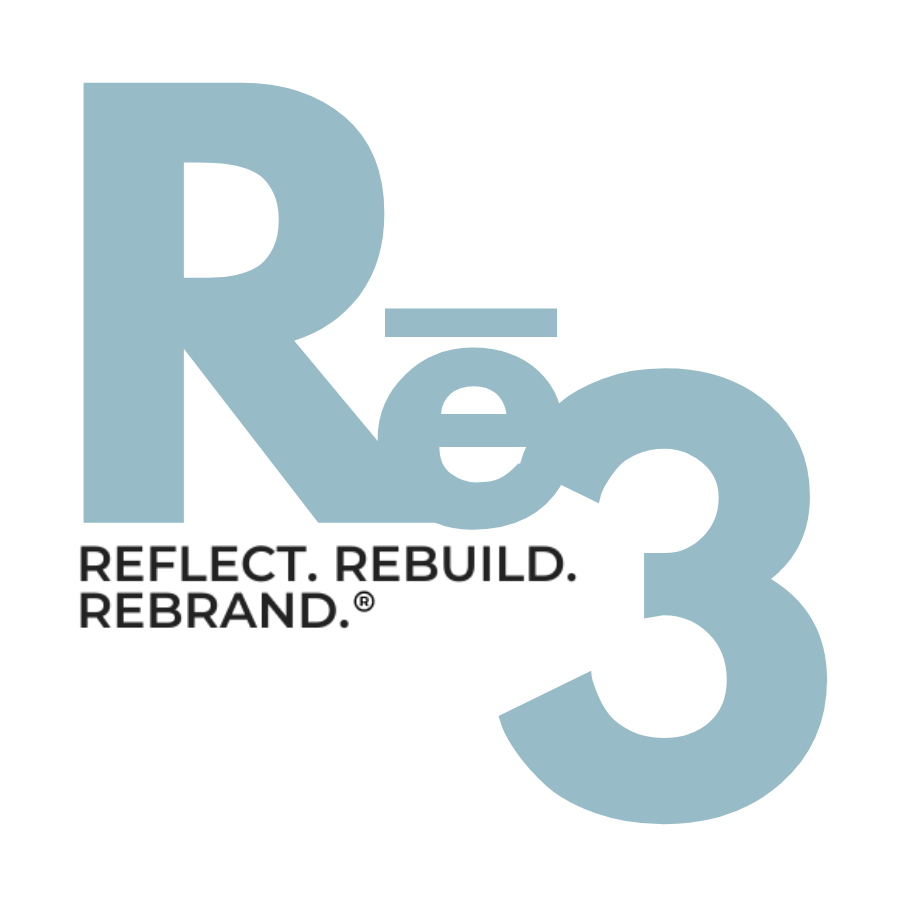Are you feeling the urge for a career change, but the thought of transitioning mid-career sends shivers down your spine? It’s okay. I’ve got your back.
In this week’s blog post, we delve into the captivating world of mid-career transitions, uncovering the compelling connection between jobs and people.
Unveiling the Dynamic Connection: Unlocking Success in Mid-Career Transitions
Picture a captivating dance between the supply and demand of work, shaping the job scene like magic. Think about it: “Jobs follow people.” It’s the concept that your skills, talents, and dreams have a real impact on the job market. Companies are always searching for extraordinary individuals like you who can drive their growth and success forward. You become the spark that ignites job creation and expansion in your area, painting a vibrant picture of endless possibilities.
Now, let’s look at the other side of the coin. Imagine a scenario where it’s “people following jobs.” Here, job opportunities become irresistible magnets that attract individuals to particular regions or industries. When there’s economic growth, industry advancements, and emerging sectors, they become shining beacons of employment, captivating the workforce that perfectly fits their needs. It’s a captivating cycle where opportunities call out, pulling people in like magnets toward specific fields or areas.
Decoding the Enigma: Key Factors Shaping Your Mid-Career Transition
Now, let’s talk about the elements behind this research-based dynamic. Consider this your compass, guiding you through uncharted territories. Here, we unravel the key insights that illuminate the bigger picture.
Location Matters: Mapping Success in the Changing Landscape
When thinking about making a career change, it’s important to dig deep into the world around you. Dive into the economic, social, and cultural dynamics of your local area to gain valuable insights into the job market. Look at the available opportunities, spot the growing sectors, and customize your career transition plans accordingly. By aligning your goals with the specific context of where you live, you’ll be able to make informed choices that boost your chances of succeeding in the job market.
Start by thoroughly exploring the job market in your area of interest. Take a closer look at the companies and organizations flourishing nearby and get a sense of the demand for professionals in your chosen field. This wide-angle view will give you a sneak peek into the wide range of exciting opportunities just waiting for you to explore.
Personal Characteristics and the Job Market: A Delicate Dance
The way you are as a person, and the job market around you go hand in hand and can really shape your journey. Your age, education level, and the popular industries in your area act like the conductors of an orchestra, bringing together job opportunities and the workforce as a whole.
Sometimes we fear that making a transition will mean starting over. But, even if you have to take a small step backward on the ladder, you will be able to move up that ladder much faster with the experience you bring to the table. Perhaps the first time you went from Director level to VP took you five years; this time, in a new industry, it will likely only take one.
Let’s imagine this scenario: You’re in your forties and ready for a big career change. Your age and the experience you’ve gained over the years have become incredibly valuable in industries that appreciate seasoned professionals like yourself. But keep in mind there are also industries that lean towards younger talent, where fresh ideas and technological know-how are in high demand. It’s important to know what the region is looking for and adjust accordingly.
It can feel scary to make a move, but when you do it correctly and with purpose, it can be the most rewarding experience of your career.
Sources:
- Hoogstra, G. J., Van Dijk, J., & Florax, R. J. G. M. (2017). Do jobs follow people or people follow jobs? A
meta-analysis of Carlino–Mills studies. Spatial Economic Analysis, 12(4), 357-378.
https://doi.org/10.1080/17421772.2017.1340663












0 Comments